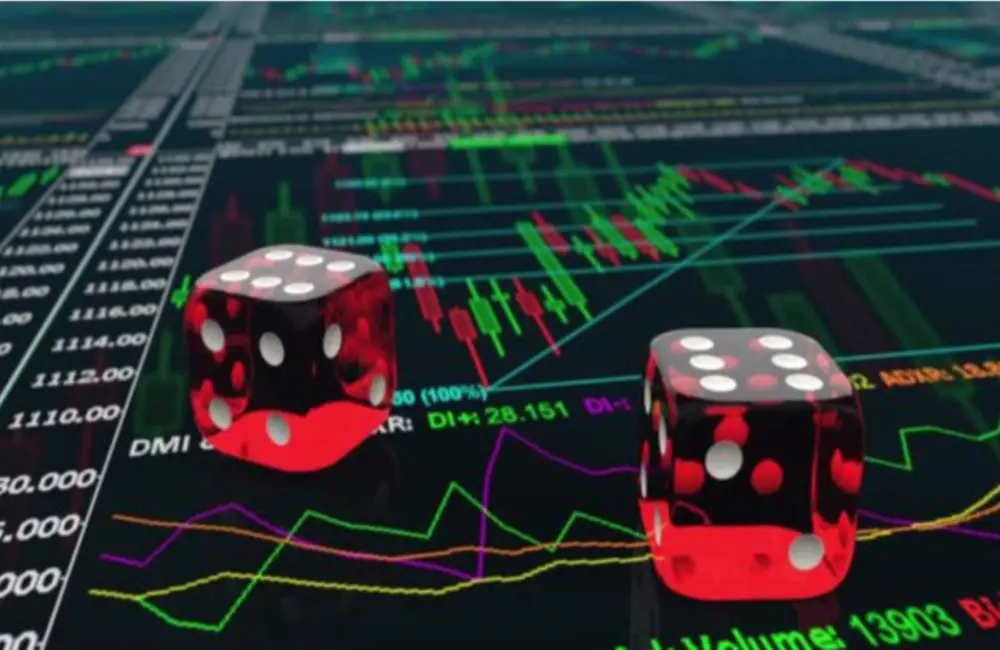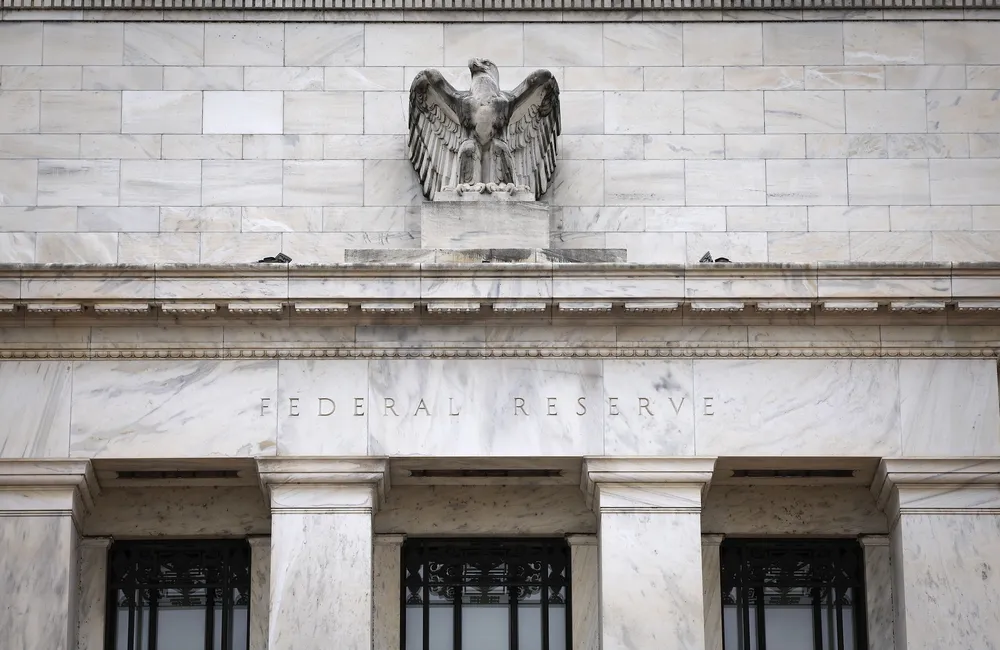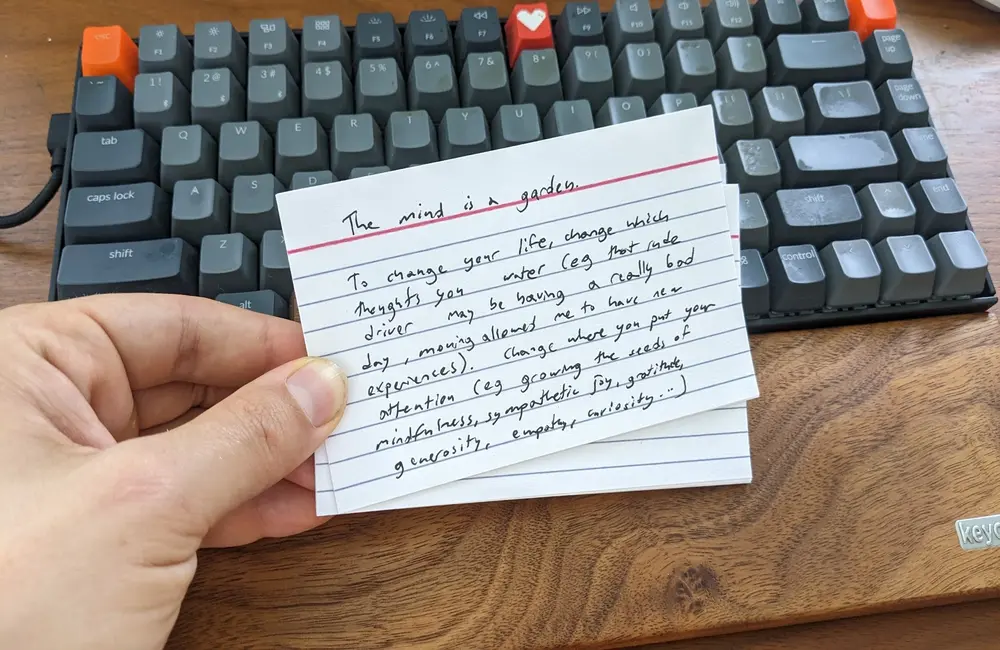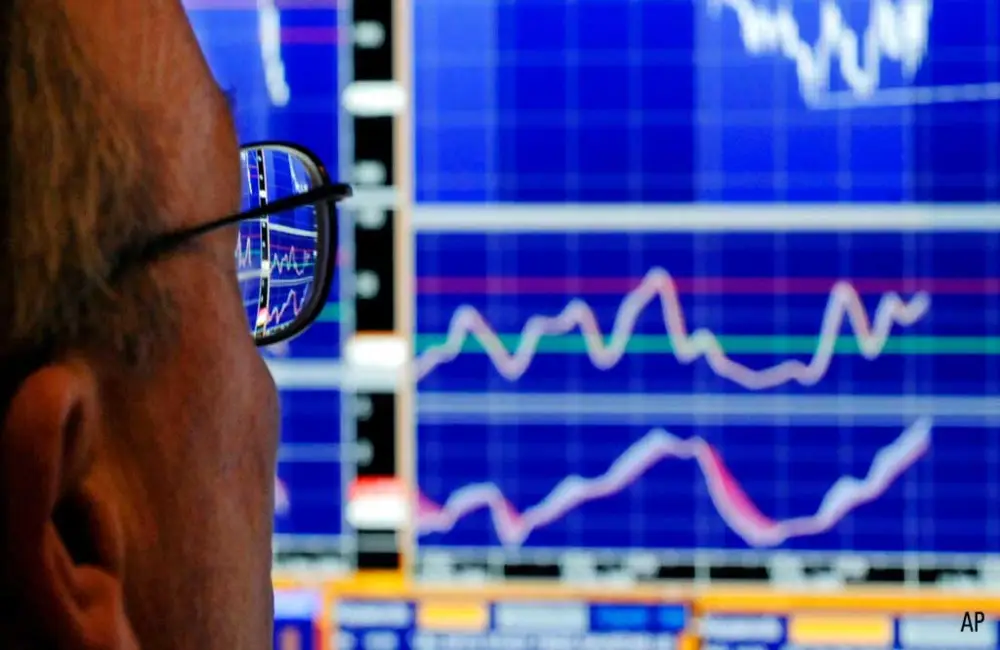ASX futures were up 28 points, or 0.4 percent, to 7119, pointing to a positive start to trading.
The Dow lost 0.5 percent on Friday, and was down 1.3 percent for the week. The S&P 500 fell 0.8%. The Nasdaq Composite lost 1.7%. The S&P 500 and Nasdaq fell 1.3% and 2.8%, respectively, for the week.
Oil prices settled at fresh highs on Friday, raising fears that rising energy prices would feed into inflation but also curtail growth as higher fuel prices made consumers cut spending in other areas. Brent crude soared 7% to US$118.11.
“It’s starting to look a little stagflationary,” said Anwiti Bahuguna, a senior portfolio manager at Columbia Threadneedle, referring to the combination of tepid economic growth and high inflation. “We’re seeing inflation with staying power, and growth taking a leg down.”
Antony Blinken, the US secretary of state, said on Sunday that Washington and its European allies were engaged in “active discussions” over whether to ban Russian oil imports. A day earlier, Russian President Vladimir Putin had warned that Western economic sanctions were “akin to a declaration of war.”
In the local market the S&P/ASX 200 dropped 0.6% to 7110.8 on Friday, easing some losses in the day after the fallout from an attack on a nuclear plant in Ukraine turned out to be no worse than feared. Almost all sectors closed lower, with technology stocks posting the largest decline, down 3.6 percent. Appen shed 2.3% and Tyro slipped 5.4%.
The materials and financial sectors which together make up around 50% of the ASX 200′s market cap dropped 0.7% and 0.4%, respectively.
Commonwealth Bank closed 0.1% higher, while Westpac, NAB and ANZ fell between 0.8% and 1.2%.
The consumer staples and the utilities sectors ended the day up 1.2% and 0.8%, respectively. The benchmark index rose 1.6% for the week.
AGL Energy’s board shot down a second offer from the Canadian investment firm Brookfield, and tech billionaire Mike Cannon-Brookes, early on Monday, prompting the suitors to abandon the deal. The new bid of $8.25, raised from $7.50, gave the company a value of more than $8 billion including debt.
In commodities, gold futures climbed 1.6% to $US 1966. 60 while iron ore fell 0.4% to US$152.40 a tonne.
The 10-Year Treasury Notes in the US eased once more to 1.73%, marking their steepest one-week yield fall since 31 March 2020. Domestically, the yield on the Australian 10-year bond nudged down to 2.15%. Yields fall when prices rise.
As of Saturday morning, the Australian dollar was fetching 73.72 US cents, compared with 73.26 previously. The WSJ Dollar Index, which tracks the US dollar against 16 other currencies, gained to 90.93, its highest level since July 2020.
Asia
Asian markets turned lower, with Chinese stocks down Friday in a market that extended recent losses. The benchmark Shanghai Composite Index fell 1%, while Shenzhen Composite Index declined 1.4%. The ChiNext Price Index, a benchmark for emerging industries and startups, declined 1.6%. Central China Securities: Investors should focus on the direction of Beijing policy, stock market vulnerable to vigilance, overseas risk factors continue.
In Hong Kong, the Hang Seng Index fell 2.5 percent, dragged lower by technology companies. The Hang Seng Tech Index declined 4.4%, and Hong Kong's tech sector reflected the underperformance of the US ADR market, according to KGI Securities. NetEase tumbled 5.7 percent, Meituan lost 5.4 percent and Alibaba dropped 5.2 percent. Oanda said the city’s equities were further weighed down by its Covid-19 situation, which is deteriorating at breakneck speed. Among the gainers was Country Garden Holdings, up 6.1%, after getting a CNY15 billion line of financing from China Merchants Bank for property-market acquisitions.
Japanese stocks closed lower as auto and tech stocks fell amid uncertainty in the war in Ukraine. Denso Corp. fell 6.3% and Lasertec Corp. declined 5.9%. The Nikkei Stock Average declined 2.2%. News on Ukraine continues to dominate our headlines after a fire at a nuclear power plant in Ukraine led to a phone call between President Biden and Ukraine’s Zelensky.
Europe
European stocks fell on Friday as the war in Ukraine kept seismic waves running through markets. The pan-European Stoxx Europe 600 dropped 3.6 percent. The index fell 7% on the week, its largest weekly drop since March 2020.
“It is a bad end to the week for stocks although gold and oil prices are still managing to attract buyers despite their large rallies,” says IG analyst Chris Beauchamp.
In London, the FTSE 100 declined 3.2 percent, under renewed pressure from the Russian invasion of Ukraine.
“It’s pretty clear that ‘Ukraine worries’ is going to be the catch-all in terms of declines in the markets, but given that we’re now more than a week into the war the same bearish sentiment that came together last week applies markets are ill-equipped for a war of all of its unknowable consequences, especially when you consider surging oil prices and rising inflation, thrown in with central banks who aren’t showing any of the dovishness required to turn around the sentiment,” Mr. Beauchamp writes.
Russia’s central bank had kept the Moscow stock market mostly closed on Friday for a fifth consecutive day, insulating local shares from a possible selloff.
Earlier in the week, Euroclear, the European clearinghouse operator, barred investors from clearing trades in ruble-denominated securities, while Clearstream, its competitor, said it would not settle trades for a range of Russian-linked stocks and bonds, leaving some traders in the dark about their positions.
The Russian ruble tumbled 26% against the greenback this week, its worst week since 1998.
North America
The Dow Jones Industrial Average notched its fourth straight week of declines and bond yields posted their largest one-week drop since March 2020 as Russia’s military offensive in Ukraine escalated.
The moves on Friday brought an end to a haywire week, marked by giant swings in currencies and stocks worldwide, and commodities prices soaring at the fastest pace in decades. Traders scrambled to comprehend the effect of sanctions and of decisions by exchanges and financial firms around the world to sever the Russian economy from the rest of the world after Russia’s economy was upended.
The Dow fell 0.5 percent on Friday, down 1.3 percent for the week. The S&P 500 fell 0.8%. The Nasdaq Composite lost 1.7 percent. For the week, the S&P 500 and Nasdaq were down 1.3% and 2.8%, respectively.
Banks and other financial-services companies led the way down, while energy companies notched big gains. Occidental Petroleum surged 45 percent this week, and Chevron has increased 13 percent.
In the US, a sudden spike in commodity prices has raised fears about economic growth at a time when prices have already been at a 40-year high.
Front-month contracts for Brent crude oil, the global benchmark, increased 25% this week to $118.11 and closed at the highest price since 2013. Corn futures had the largest weekly gain since 2008. Wheat prices experienced their biggest weekly gain since at least 1959.
Goldman Sachs Group analysts wrote on Thursday that higher oil-and-gas prices are the “key inflation risk for the United States” and that commodity prices threaten economic growth. Higher crude oil prices could dampen G.D.P. growth, they said, due to consumers cutting back on spending because of higher gas prices. Investors were still focused on the rapid increase in oil prices for much of the week.
It feels as though oil prices will nudge up a bit from here, and it’s just a matter of how high, said Tom Reilly, an energy derivatives broker at TP ICAP Group, which has resulted in some sleepless nights for traders this past week. “People are sort of waking up every couple hours and checking things to make sure things haven’t gone too far out of whack.”
Higher oil prices and the possibility of a slowdown in economic growth have also forced investors into traditionally safe investments like government bonds while prices for gold reached their highest levels since 2020.
The yield on the US 10-year Treasury benchmark note fell to 1.722%, registering its largest one-week yield drop since March 2020 as bonds rallied. Bond yields have changed directions sharply multiple times during the week as investors have watched the Russian invasion, heard from Federal Reserve Chairman Jerome Powell and considered economic data.
A robust jobs number early Friday couldn’t lift major indexes higher or stem the slide in bond yields. New data Friday showed the US gained 678,000 jobs in February, more than the 440,000 expected by economists polled by The Wall Street Journal. The Fed has indicated it is likely to deliver a quarter-percentage-point raise in interest rates at its March meeting, taking some near-term uncertainty about interest rates off the table.
“The jobs report was strong,” said Amy Kong, chief investment officer at Barrett Asset Management. But “it’s not necessarily a game changer for the Fed stance,” she added.
Frenetic trading in Russia-linked exchange-traded funds had marked the week. The New York Stock Exchange suspended trading in some Russia-linked exchange-traded funds, similar to what it did earlier this week with NYSE-listed Russian stocks. There, index providers moved to remove Russian stocks from pivotal indexes.
Despite that upheaval around the world, stocks in New York have proven to be relatively resilient in the face of conflict. The S&P 500 is up from levels it hit last week, when Russia first invaded Ukraine.
“The U.S. is less susceptible to the Russia-Ukraine situation than what you’d see in Europe,” said Seema Shah, chief strategist at the investment firm Principal Global Investors. And for now, she added, “The market is looking out [at the situation] and saying the US economy is strong.”
Even so, weekly losses left the S&P 500 nearly 10% from its peak, and the Nasdaq now down 17% from a recent top.
In corporate news, Smith & Wesson Brands shares fell $2.24, or 13 percent, to $15.65 after the gun maker said sales dropped more than 30 percent in the holiday quarter.
























